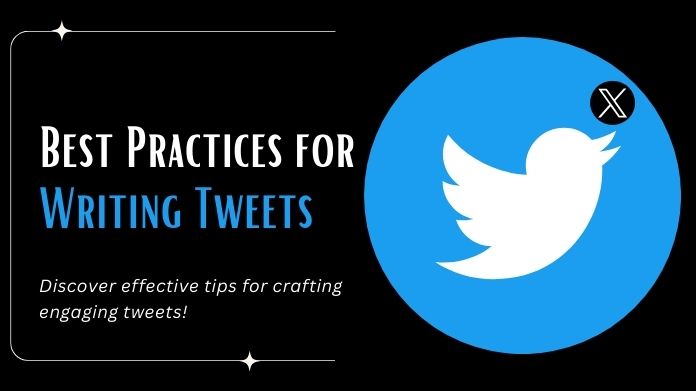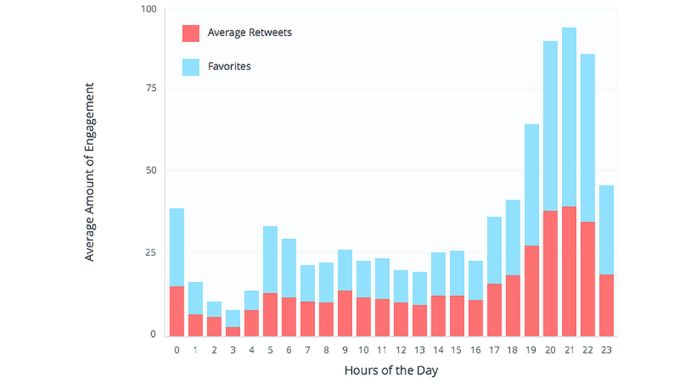In the dynamic realm of social media, crafting tweets transcends the brevity of characters, reaching into the essence of engagement and impact.
Whether you’re a seasoned Twitter user or venturing into the world of succinct expression, understanding the best practices for writing tweets is key to making your voice resonate in the crowded digital landscape.
This Fake Tweet Generator guide invites you to explore the nuanced strategies, creative elements, and etiquette that elevate a tweet from mere text to a compelling and shareable piece of online communication with best practices for writing tweets.
From mastering the art of conciseness to leveraging hashtags and multimedia, join us on a journey to unravel the secrets behind crafting tweets and best practices for writing tweets that capture attention, spark conversation, and leave a lasting impression in the vibrant tapestry of social media.
What is the Concept of Writing Tweets?
The concept of writing tweets is to convey a message or share information concisely and engagingly using Twitter, a social media platform that limits the length of posts to 280 characters.
Tweets are designed to be short, quick, and easy to read, allowing users to share thoughts, opinions, news, updates, and more with their followers. Writing tweets requires careful consideration of word choice, brevity, and the use of hashtags and mentions to reach a wider audience.
It is essential to craft attention-grabbing and informative tweets and evoke a desired response from readers.
Best Practices for Writing Tweets

Best practices for writing tweets include the following:
1. Keep it concise: Tweets have a character limit of 280, so keeping your message short and to the point is essential. Avoid using unnecessary words or fluff.
2. Use hashtags strategically: Hashtags can help your tweet reach a wider audience and make it more discoverable. However, please don’t overdo it with hashtags. Stick to relevant and popular ones related to your tweet’s topic.
3. Add visuals: Tweets with images or videos tend to get more engagement. Include eye-catching visuals that enhance your message and make your tweet stand out.
4. Be authentic: Show your personality and let your unique voice shine through your tweets. Authenticity helps to build a genuine connection with your audience.
5. Engage with others: Twitter is a social platform, so try to engage with others. Reply to tweets, retweet exciting content, and participate in conversations. This helps to build relationships and increase your visibility.
6. Proofread before posting: Avoid spelling and grammatical errors by proofreading your tweets before hitting the send button. This helps to maintain a professional image and ensures your message is clear.
7. Know your audience: Tailor your tweets to suit your target audience. Understand their interests, preferences, and language to create tweets that resonate with them.
8. Stay updated: Twitter is fast-paced, and trends can change quickly. Stay updated with current events, popular topics, and hashtags to keep your tweets relevant and timely.
9. Experiment and analyze: Try different approaches and tweet formats to see what works best for your audience. Analyze your tweet metrics to understand what resonates with your followers and adjust your strategy accordingly.
10. Be mindful of tone: Consider the tone of your tweet and ensure it aligns with your brand or personal image. Avoid offensive or controversial language that could harm your reputation.
Remember, the key to writing effective tweets is to be concise, engaging, and authentic while keeping your audience in mind.
How Does Timing Impact the Effectiveness of Your Tweets?

Timing can have a significant impact on the effectiveness of your tweets. The time you post your tweets can determine how many people see and engage with your content. It’s essential to understand your target audience and their online habits to maximize the reach and impact of your tweets.
Firstly, posting your tweets during peak hours when your target audience is most active on social media can increase their likelihood of seeing your tweets. This means researching and identifying when your followers will likely be online and adjusting your posting schedule accordingly.
Secondly, consider the time zones of your audience. If you have followers from different regions or countries, it’s essential to tailor your posting times to accommodate their time zones. This ensures that your tweets reach them when they are most likely to be active.
Furthermore, timing can also impact the competition for attention on the platform. Posting during off-peak hours may make your tweets more visible and less likely to get lost in a sea of other tweets. This can increase the chances of your tweets standing out and receiving more engagement.
Additionally, the type of content you are sharing can influence the optimal timing for your tweets. For instance, if you share news or time-sensitive information, posting at the right moment can increase the chances of your tweets being shared and retweeted.
Conclusion
As we’ve explored the best practices for writing tweets, it becomes clear that concise, authentic, and visually engaging content is key to capturing attention and fostering meaningful connections.
Ultimately, the best practices for writing tweets extend beyond mere characters—they encapsulate the essence of communication in the digital age.
So, armed with creativity, authenticity, and a keen awareness of the nuances of Twitter, venture forth and let your tweets resonate in the vast and dynamic landscape of social media.
Happy Tweeting!!
